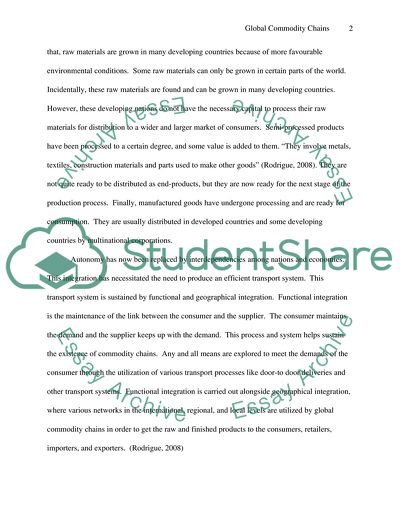Not Found (#404) - StudentShare. Retrieved from https://studentshare.org/macro-microeconomics/1715702-write-an-essay-on-a-globalization-topic
Not Found (#404) - StudentShare. https://studentshare.org/macro-microeconomics/1715702-write-an-essay-on-a-globalization-topic.


